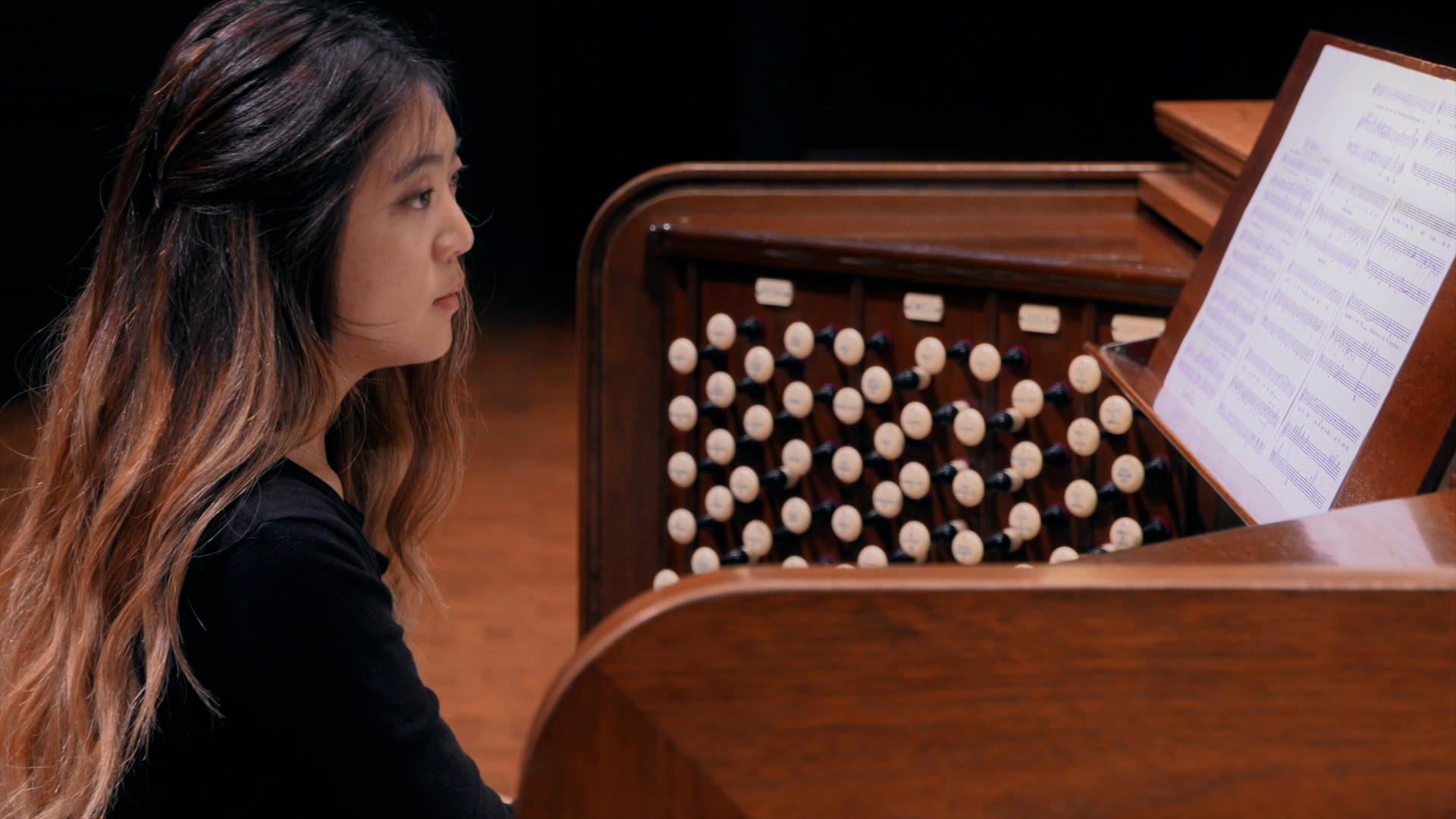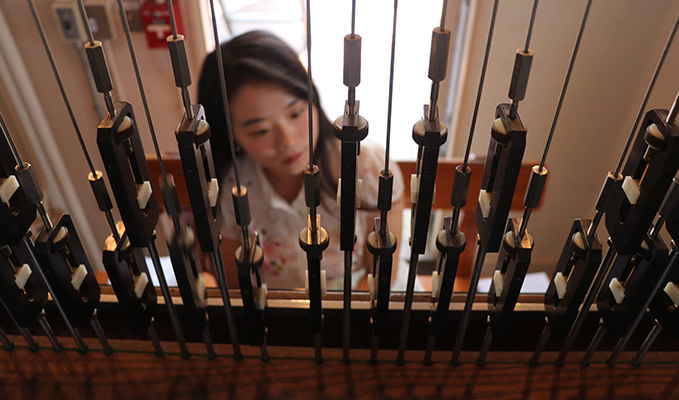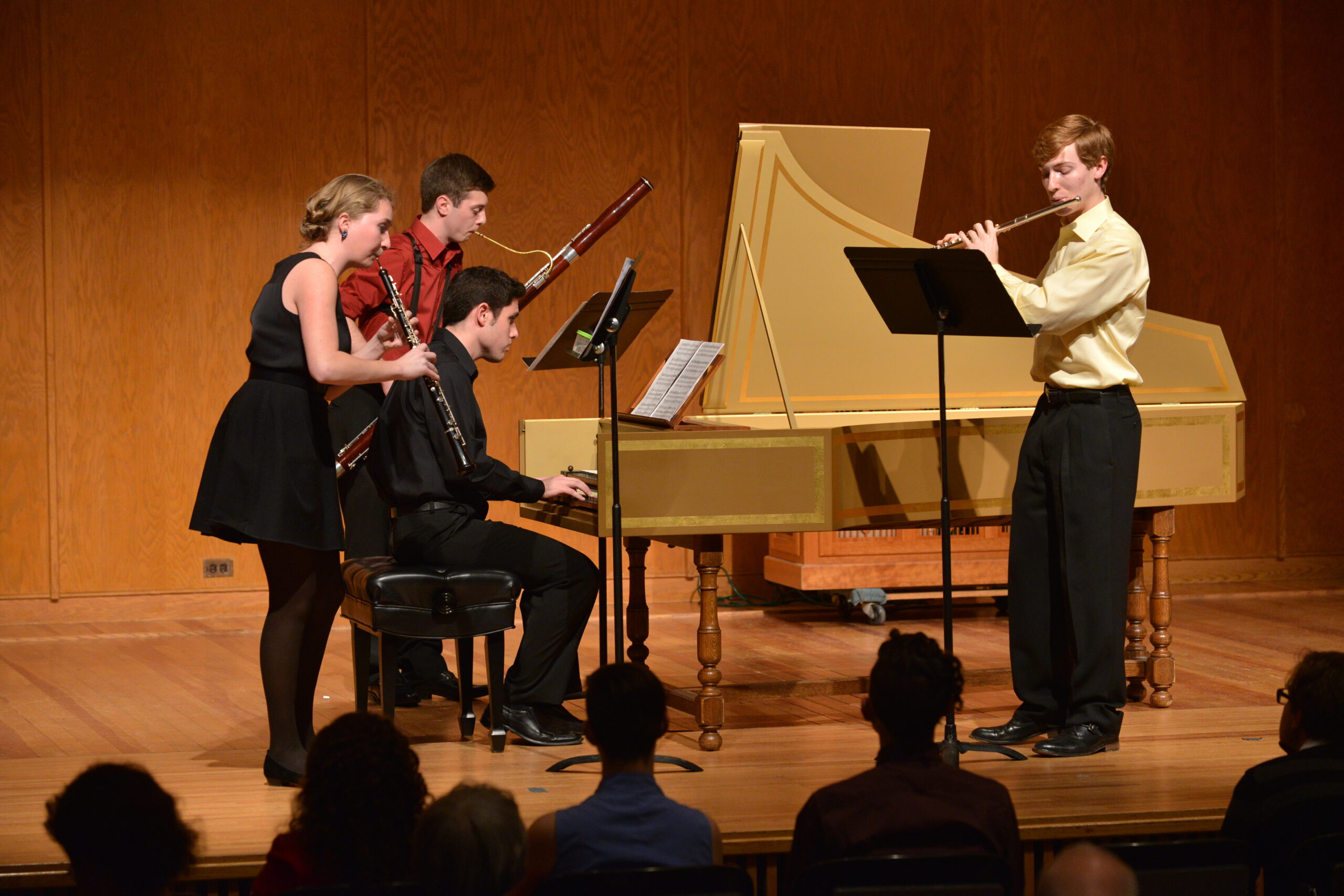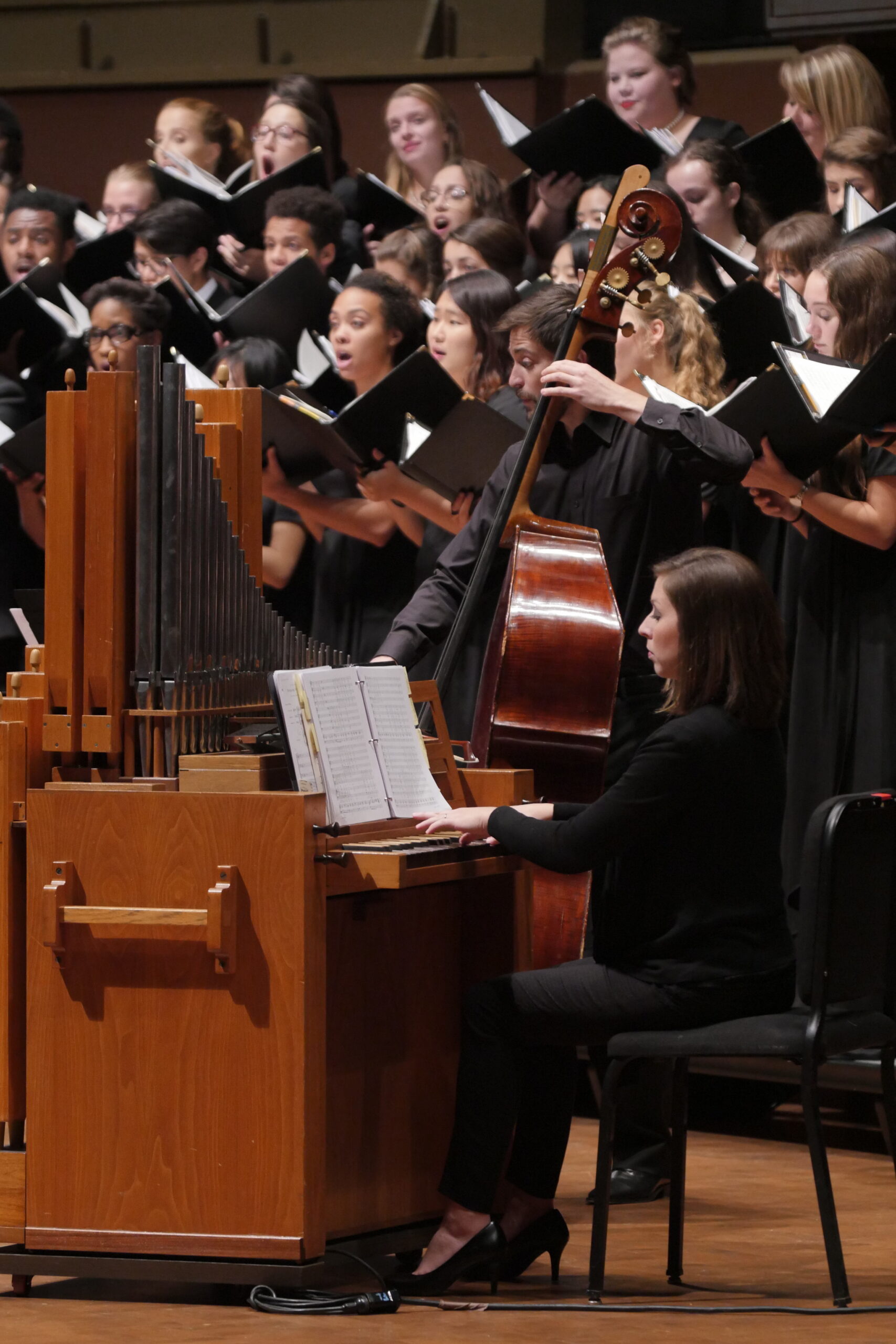Master of Music in Performance, Multiple Winds
Application deadlines are specific to degree programs. See our Graduate Admissions page for a list of all deadlines.
Designed for students seeking intensive study on primary and secondary instruments with a major artist-teacher and performance experience to develop into a highly qualified professional musician. Applicants must possess a bachelor’s degree in music or its equivalent as well as substantial solo and ensemble repertoire.
Curriculum
The Master of Music in Multiple Wind Instruments requires a minimum of 31 credits. Coursework to include:
Private lessons on primary instrument
Private lessons on secondary instrument(s)
Ensemble participation
Small Brass, Percussion, or Woodwind Ensemble
Non-Performance SMTD electives
Silent Advisor
Degree requirements and term-by-term layout for current students.
Faculty

Ian Antonio
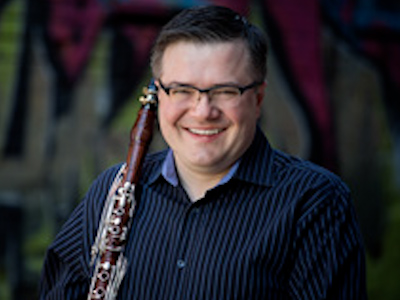
Chad Burrow
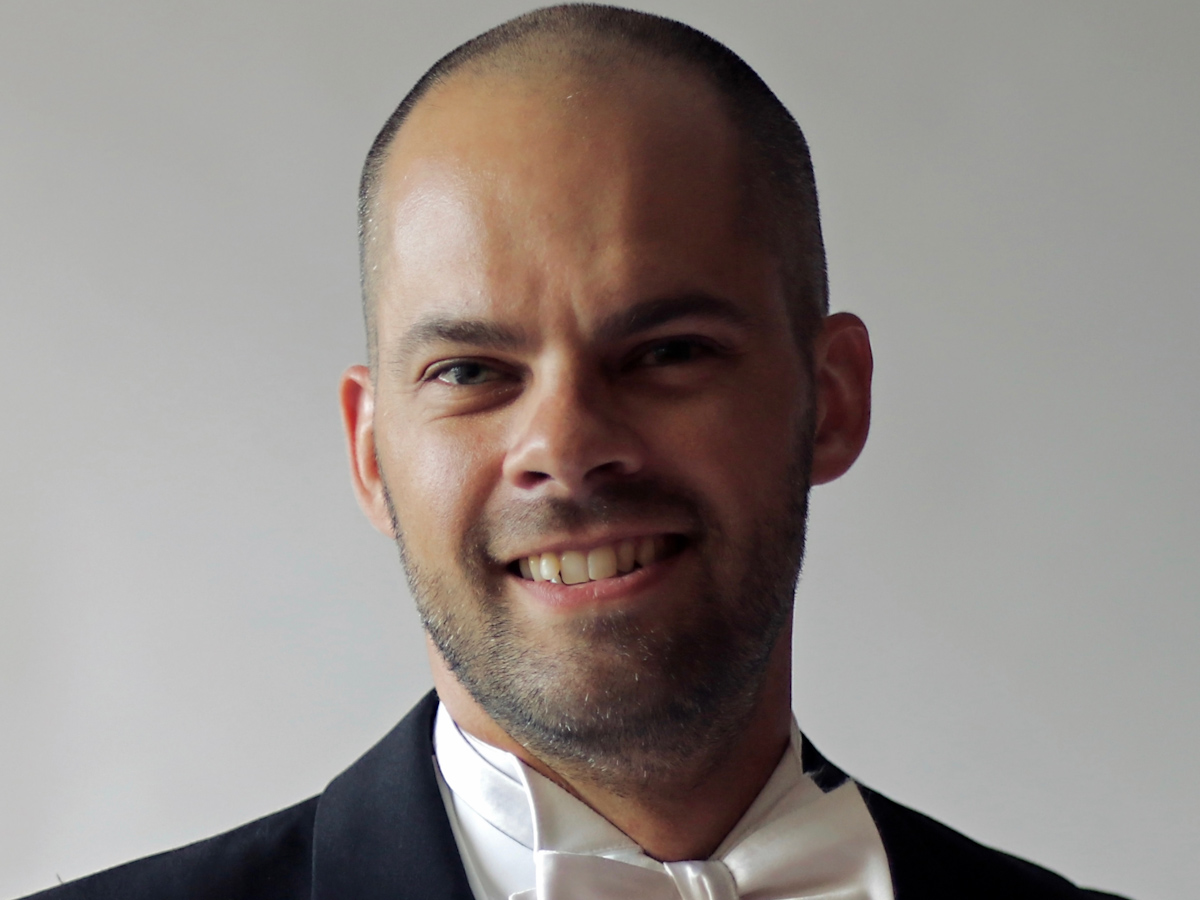
Jeremy Epp
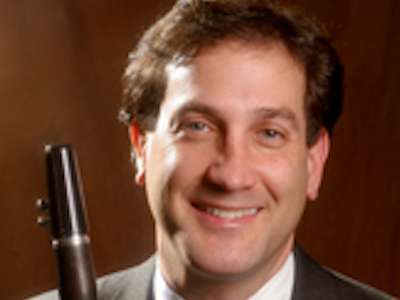
Daniel Gilbert
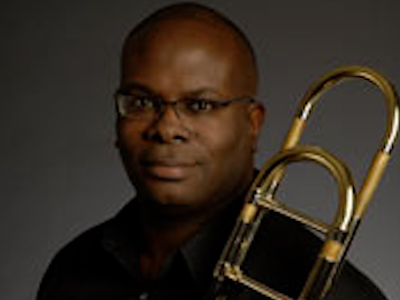
David Jackson
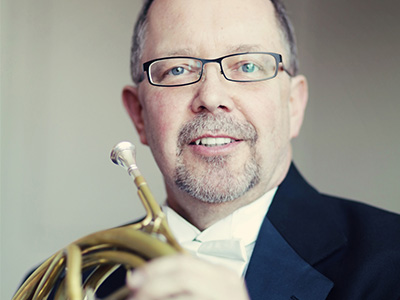
Bryan Kennedy
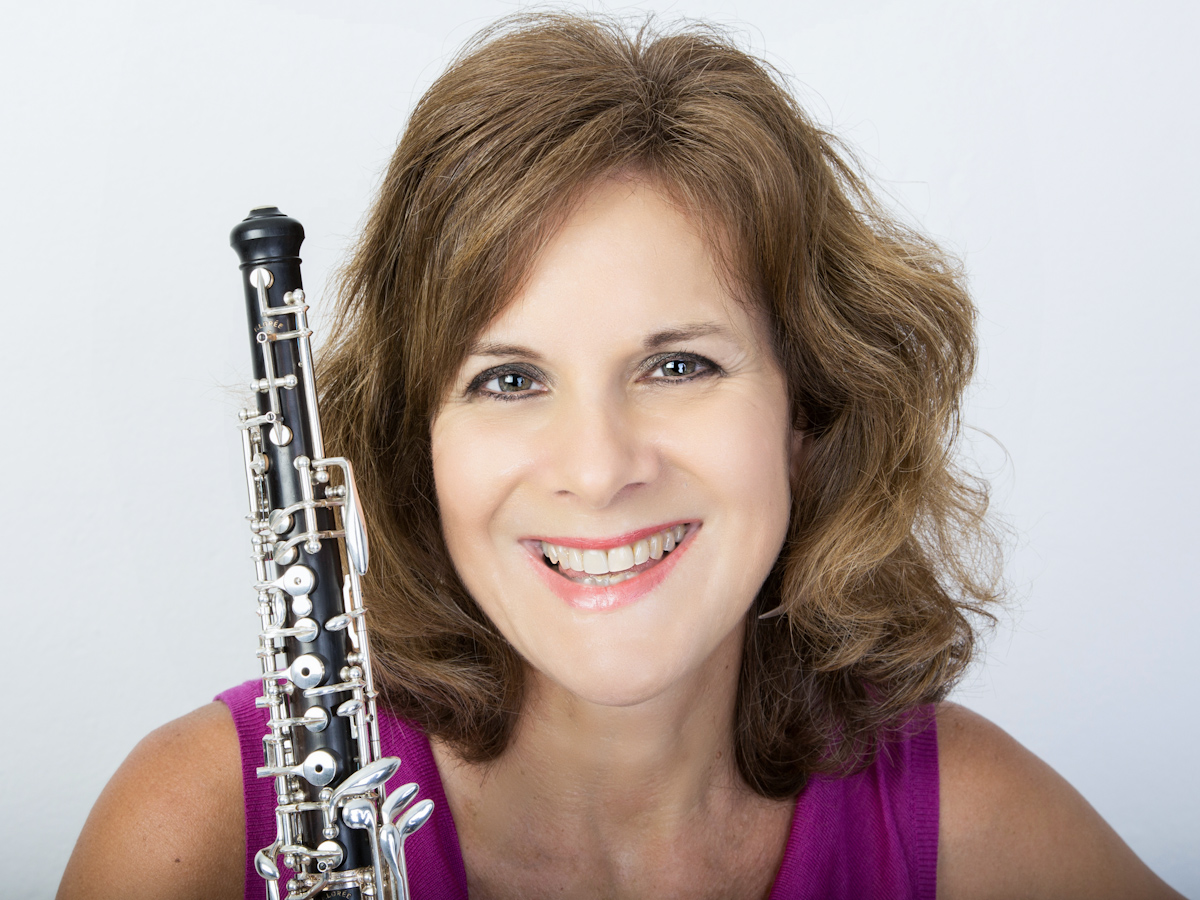
Nancy Ambrose King
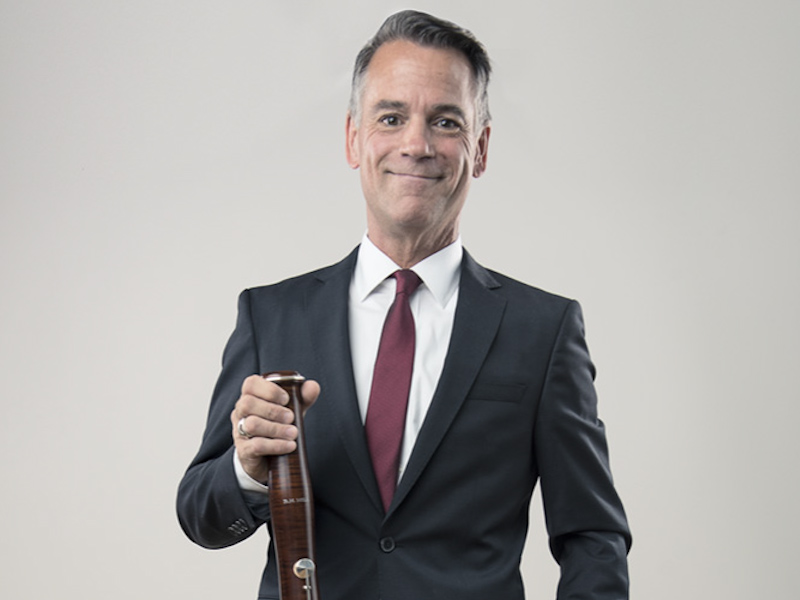
Jeffrey Lyman
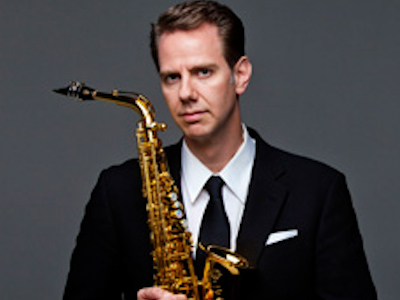
Timothy McAllister
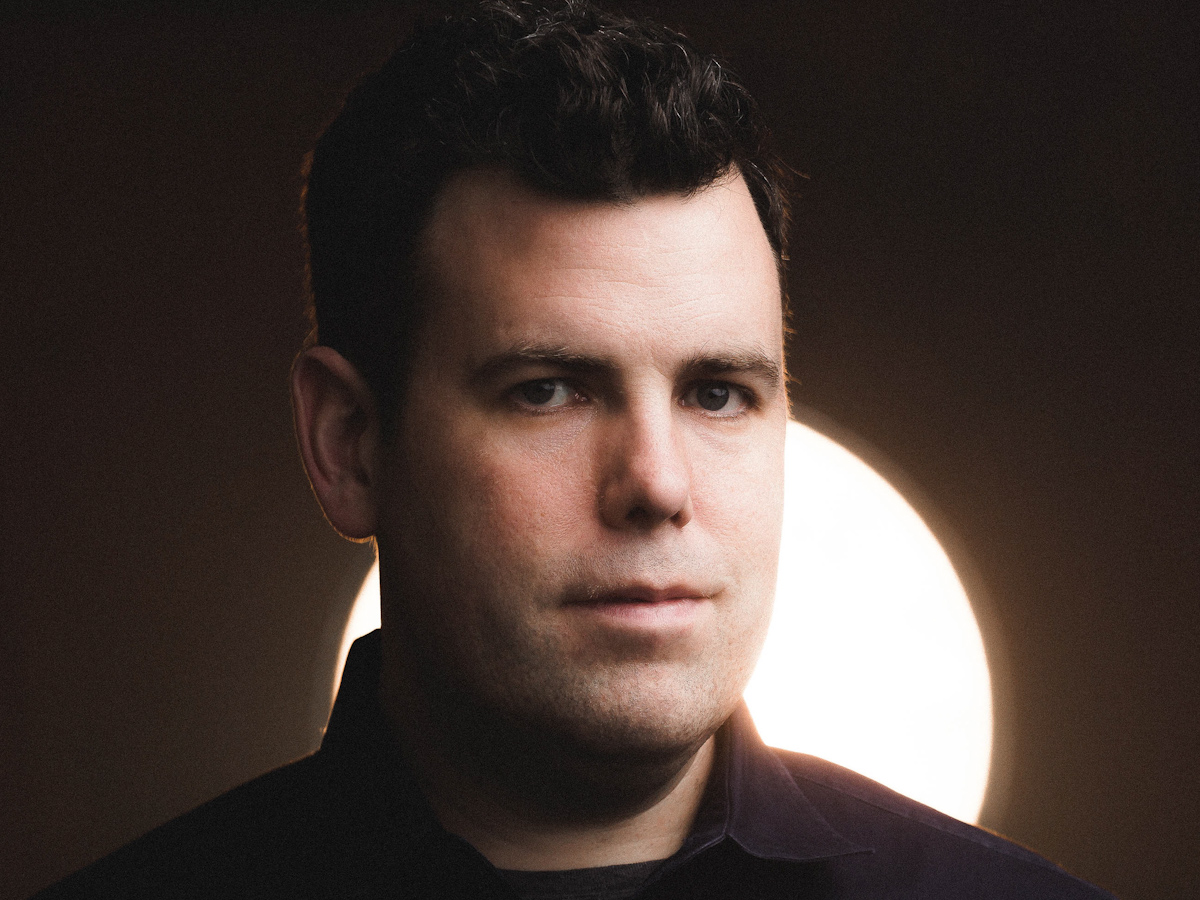
Doug Perkins
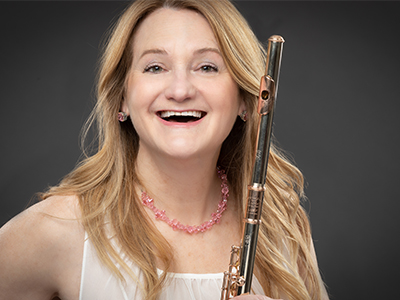
Amy Porter
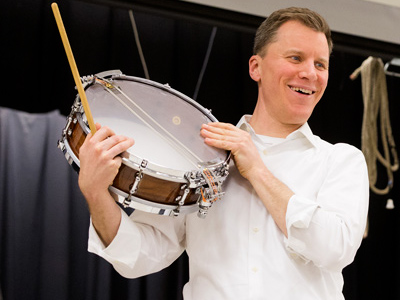
Thomas Sherwood
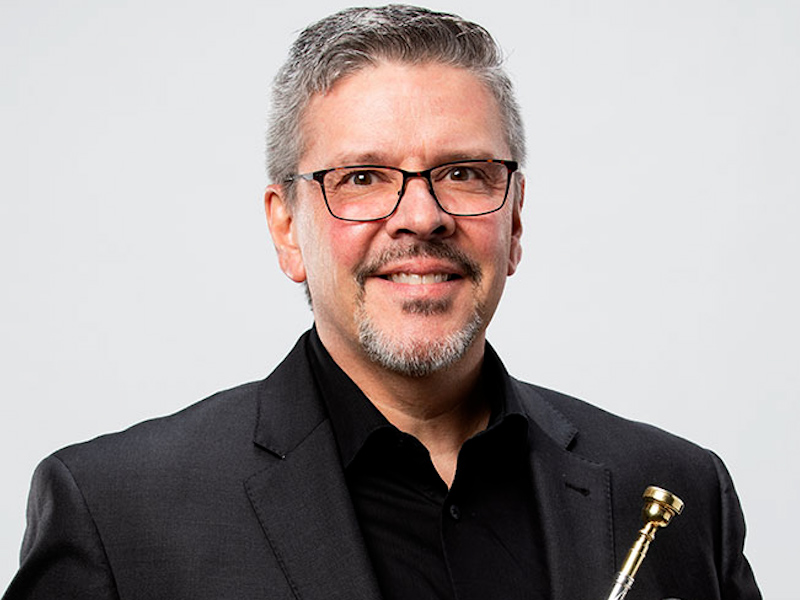
Robert Sullivan
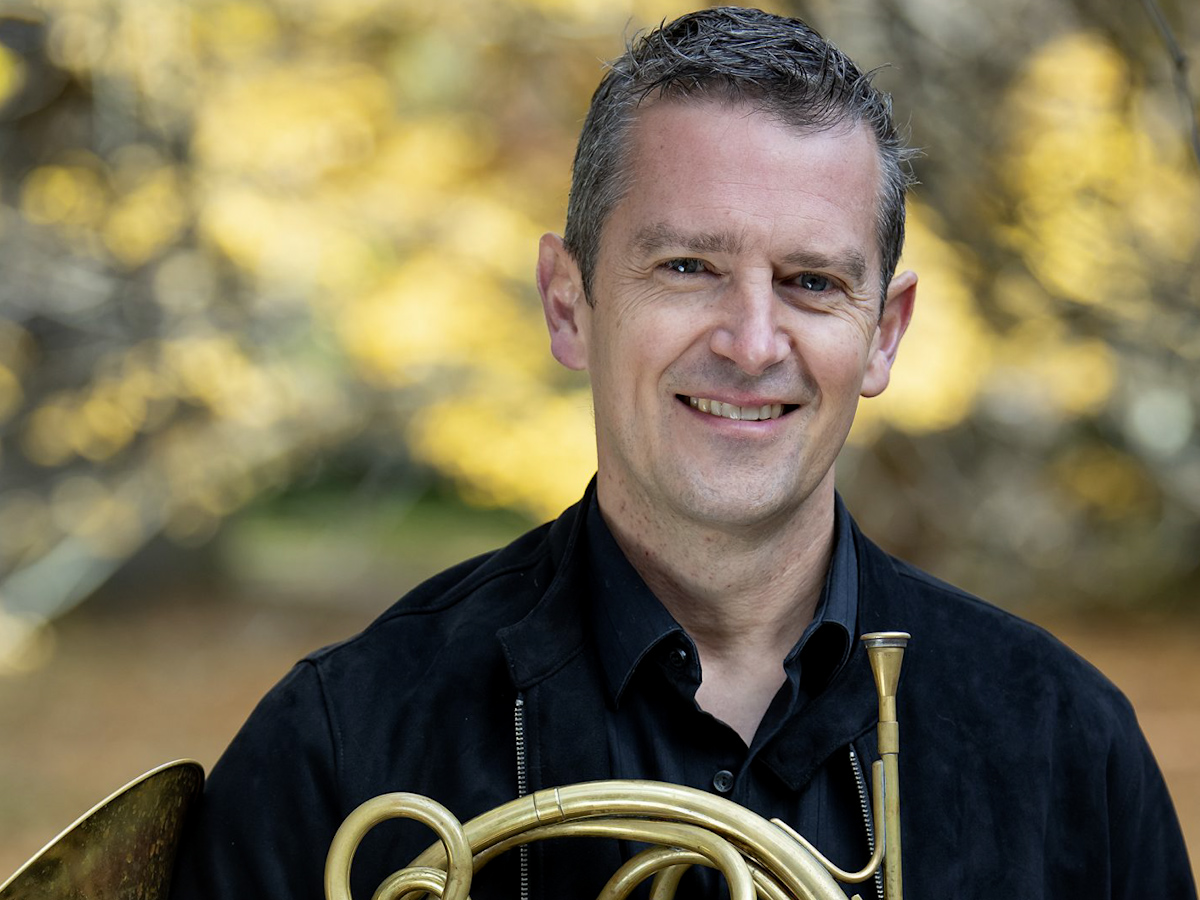
Adam Unsworth
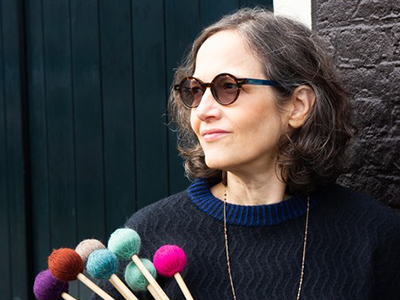
Nancy Zeltsman

David Zerkel
Performance Opportunities
From large ensembles in celebrated concert halls to chamber groups in intimate recital spaces, performance opportunities across all disciplines abound, with nearly 900 student performances each academic year. Whether your focus is on early, classical, or contemporary music, whether your passion is for jazz, electronic, or world music, there is an ensemble—or in many cases, multiple ensembles—to suit your interests, including specific opportunities for percussion, piano, and organ & carillon. For students in theatre & drama, musical theatre, dance, and opera, opportunities abound in both professionally produced and student-run presentations.

